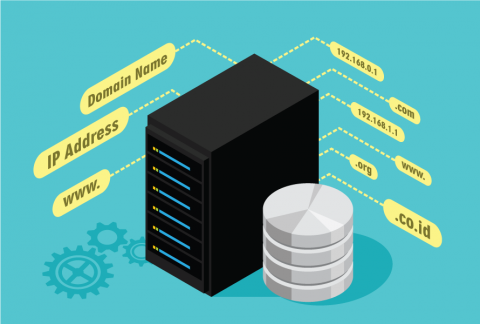7 Signs of an Attempted Data Breach- and How to Stop It in Its Tracks
Data breaches come in all shapes, sizes, and levels of exposure. They can range from a couple of log files unintentionally left available to the public to the leak of hundreds of thousands of users’ personally identifiable information (PII). Don’t think that just because you have a secure network, a leak can’t happen to you.











